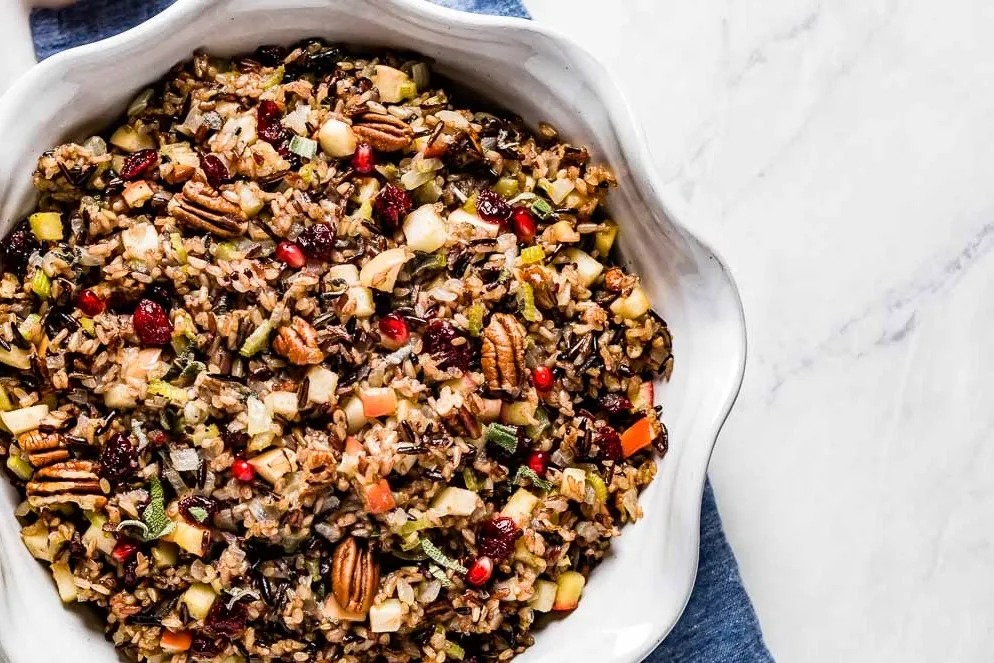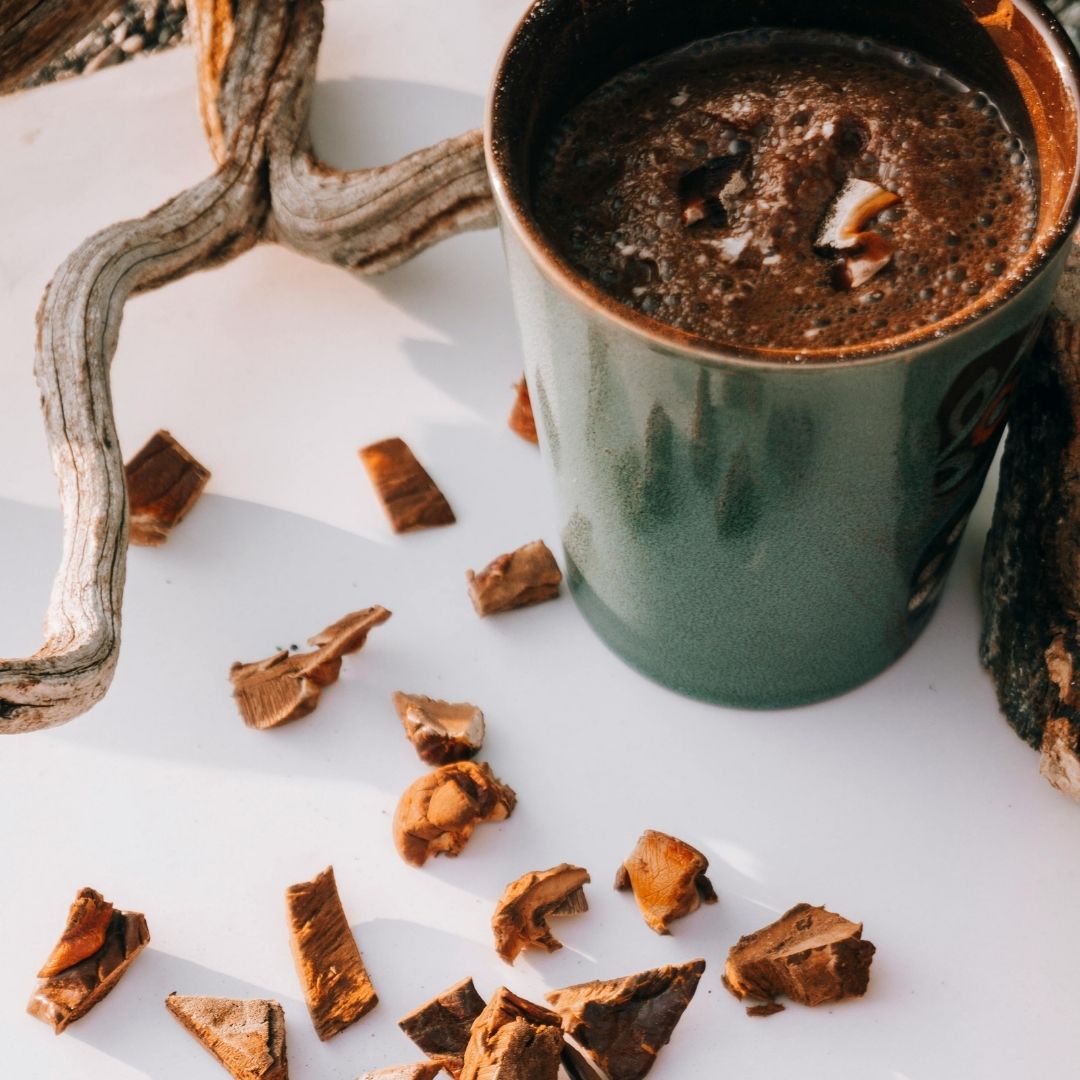What is Dopamine?
Dopamine is often referred to as the brain’s feel-good chemical, but its role goes far deeper than just producing pleasure. Dopamine is a neurotransmitter (a chemical messenger) that helps regulate movement, motivation, reward, learning and even decision-making. In essence, it fuels our drive to pursue goals, whether that’s preparing a nourishing meal, completing a project or going for a run.
But in today’s world, our dopamine system is under constant assault.
Hijacked by Hyper-Stimulation
Modern life is designed to stimulate dopamine. Social media platforms, ultra-processed foods, binge-worthy TV, online shopping and even constant notifications – all provide short, sharp bursts of dopamine. These stimuli act like digital or dietary slot machines, offering unpredictable rewards that keep us coming back for more.
Over time, these frequent surges can dysregulate our natural dopamine system. The brain adapts by downregulating dopamine receptors (i.e. producing less) making us less sensitive. What used to give us a gentle lift no longer satisfies. We need more stimulation, more often, to achieve the same sense of pleasure or motivation. This can leave us feeling flat, distracted, unmotivated, and constantly chasing the next hit.
Quick Hits vs. Slow Burns
Quick dopamine fixes come from immediate, high-reward stimuli:
- Scrolling through social media
- Eating sugary or highly processed foods
- Gambling or online shopping
- Watching fast-paced, addictive entertainment
These activities deliver rapid dopamine spikes, followed by an inevitable crash. This cycle can impair motivation, increase stress, and reduce our ability to focus on long-term goals.
Slow and steady dopamine production, on the other hand, is cultivated through consistent, meaningful actions that align with our values and long-term wellbeing:
- Exercising regularly
- Preparing and eating nutrient-dense meals
- Getting quality sleep
- Creating or learning something new
- Meaningful social connections
- Spending time in nature
These don’t deliver the same immediate ‘high’, but they support healthy dopamine tone - a more sustainable, balanced state that fosters motivation, contentment and resilience.
Signs You’re Caught in the Quick-Fix Cycle
You might be stuck in a dopamine rollercoaster if you notice:
- Difficulty focusing or completing tasks
- Feeling flat or low when not stimulated
- Constantly checking your phone or craving snacks
- Decreased enjoyment from previously pleasurable activities
- Increased anxiety, irritability, or restlessness
This pattern can feel like burnout, depression, or even a lack of willpower – but often it’s just a dysregulated reward system.
How to Break the Cycle
Resetting your dopamine baseline doesn’t mean giving up joy. It means creating space for deeper, more fulfilling rewards - and here’s how to start:
1. Dopamine Fasting (or Reduction)
Take a conscious break from the high-intensity stimuli. This doesn’t need to be extreme – even a 24-hour detox from social media, processed foods or screens can make a difference.
2. Reintroduce Natural Rewards
Fill the gap with slower, richer experiences. Go for a walk without your phone. Cook a meal from scratch. Listen to music mindfully. Engage in real conversations.
Pay attention to how these things make your mind feel.
3. Eat to Nourish Dopamine
Support dopamine synthesis with the right nutrients:
- Tyrosine-rich foods like eggs, turkey, tofu, and almonds
- Magnesium, vitamin B6, and iron, which are co-factors for dopamine production. Think pumpkin seeds, salmon, chicken, spinach, sweet potatoes. You can also check out my free guide to different types of Magnesium supplements here.
- Omega-3 fatty acids to support receptor sensitivity
- A whole-foods approach that reduces blood sugar spikes and crashes
4. Support Circadian Rhythms
Dopamine is closely linked to sleep-wake cycles. Aim for:
- Viewing early morning sunlight for 10-30 minutes every day (glasses and contacts are fine, but don’t wear sunglasses). If you have sensitive eyes then I recommend the Bon Charge biohacked sunglasses - eye protection that still supports our hormone production.
- Going to bed and waking up at roughly the same time every day. Routine actually outweighs length of sleep in terms of optimising recovery.
- Minimising blue light at night. Try candlelight, or softer lighting, and turn off the screens a good few hours before bed
5. Exercise – But Not Excessively
Moderate physical activity boosts dopamine and receptor density, especially when it’s enjoyable and regular. Overtraining, however, can have the opposite effect.
If you’re looking for some advice around exercise and how to build muscle efficiently, I’ve put together a guide here which goes into more detail.
Avoiding the Rebound
Once you’ve reset, it’s tempting to return to old patterns. To stay balanced:
- Create conscious boundaries: Scheduled time off screens, meal planning, phone-free evenings.
- Practice mindful consumption: Ask yourself “Why am I reaching for this?” before diving into a dopamine-heavy habit.
- Build reward into effort: Shift your focus from outcome-based pleasure to process-based satisfaction. Celebrate showing up, not just ticking boxes.
- Check in regularly: Mood journaling or working with a practitioner can help track subtle shifts in motivation, focus, or mood.
Dopamine isn’t ‘bad’ - it’s essential for motivation, joy and growth. But in a world built on instant gratification, we need to be deliberate about how we engage with it. By stepping back from artificial rewards and leaning into nourishing, natural habits, we can re-establish a healthy baseline.
If this blog post has resonated with you and you would like some expert advice on how to reset your dopamine baseline, please don’t hesitate to reach out. You can book a confidential quick consult with me here for an immediate discussion, or opt for the Optimal Health package (call or email based), for personalised nutritional and lifestyle guidance over four sessions, in addition to any targeted supplements.
.jpg)


.jpg)



.jpg)
.jpg)
.jpg)
.jpg)
.jpg)
.jpg)
.jpg)
.jpg)
.jpg)
.jpg)
.jpg)
.png)
.png)

.png)
.jpg)

.png)
.png)
.png)
.png)
.png)


.png)
.png)






